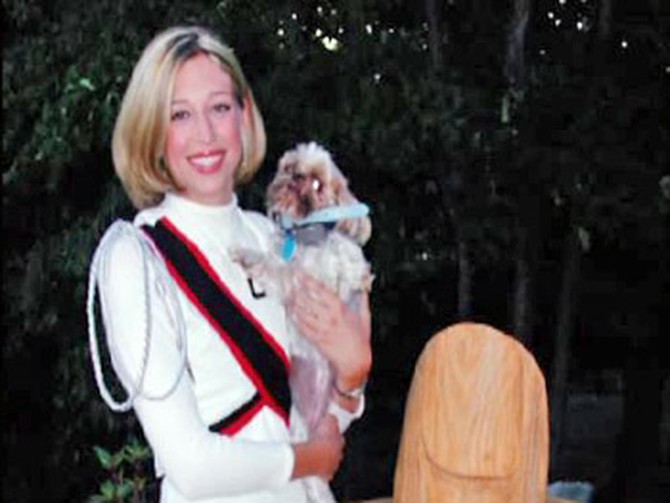Shedding Light on Intersex
In the summer 2007 book club selection—Middlesex by Jeffrey Eugenides—Cal was born with a condition in which he had both male and female genitalia. After being raised for years as a girl, he finally came to understand that he was genetically a boy.
For centuries society has called the estimated 1 in 2,000 people born a year like Cal hermaphrodites. That term is now considered offensive, and the preferred description is intersex—a term that encompasses at least 30 different conditions, says Dr. Alice Dreger of Northwestern University, an expert on disorders of sex development.
 What is intersex?
What is intersex?
Katie is a medical student. At age 6, she went to the hospital for a hernia operation. In surgery doctors found testes, and she was diagnosed with androgen insensitivity syndrome. Instead of having two X chromosomes like a girl, she has an X and a Y like a boy—but because her body wouldn't react to the hormones, or androgens, that would have made her a boy, her body developed as a girl. She has a vagina, but no uterus. At 14, she started taking estrogen pills so she could develop like other girls, and at 18 she had her testes removed.
"For me, coming here and doing this show is about shedding some light, ... educating people and hopefully making it easier for ... women like myself to be able to talk about this," she says. "To not feel like they have to be ashamed. And, in fact, really just totally lift that shroud of secrecy that covers so many lives."
For centuries society has called the estimated 1 in 2,000 people born a year like Cal hermaphrodites. That term is now considered offensive, and the preferred description is intersex—a term that encompasses at least 30 different conditions, says Dr. Alice Dreger of Northwestern University, an expert on disorders of sex development.
Katie is a medical student. At age 6, she went to the hospital for a hernia operation. In surgery doctors found testes, and she was diagnosed with androgen insensitivity syndrome. Instead of having two X chromosomes like a girl, she has an X and a Y like a boy—but because her body wouldn't react to the hormones, or androgens, that would have made her a boy, her body developed as a girl. She has a vagina, but no uterus. At 14, she started taking estrogen pills so she could develop like other girls, and at 18 she had her testes removed.
"For me, coming here and doing this show is about shedding some light, ... educating people and hopefully making it easier for ... women like myself to be able to talk about this," she says. "To not feel like they have to be ashamed. And, in fact, really just totally lift that shroud of secrecy that covers so many lives."
Published 09/21/2007


